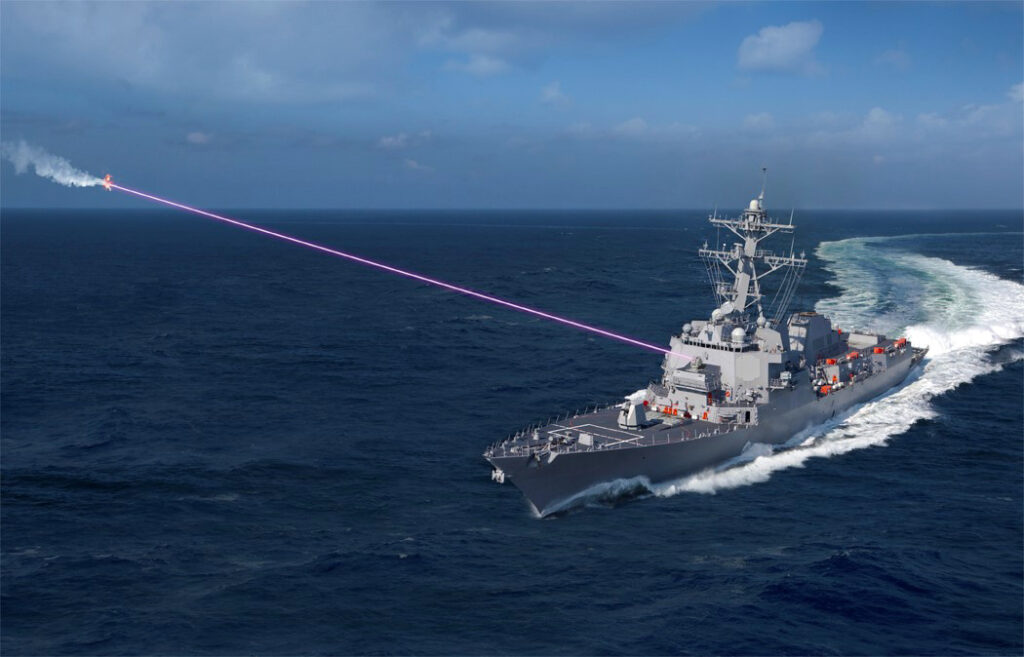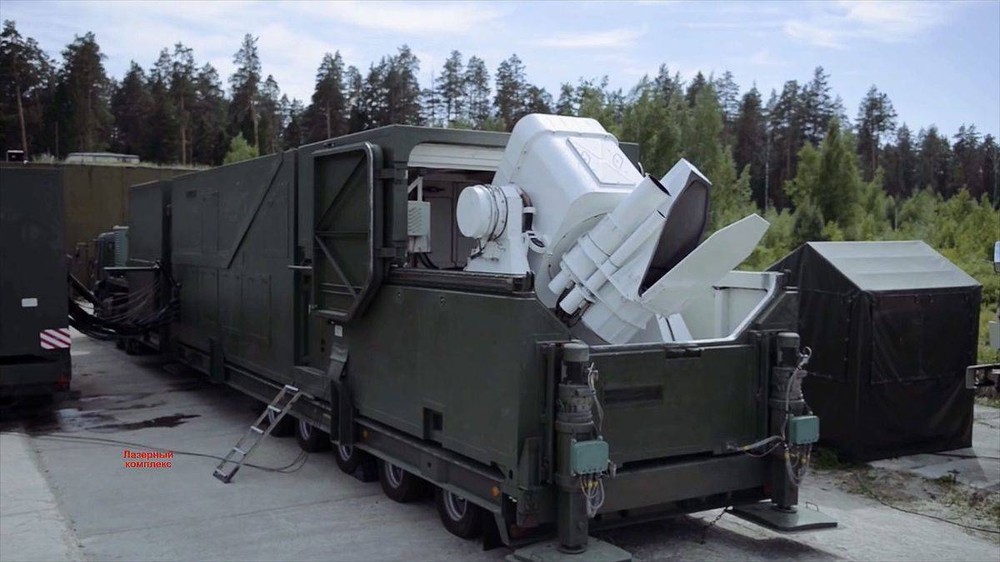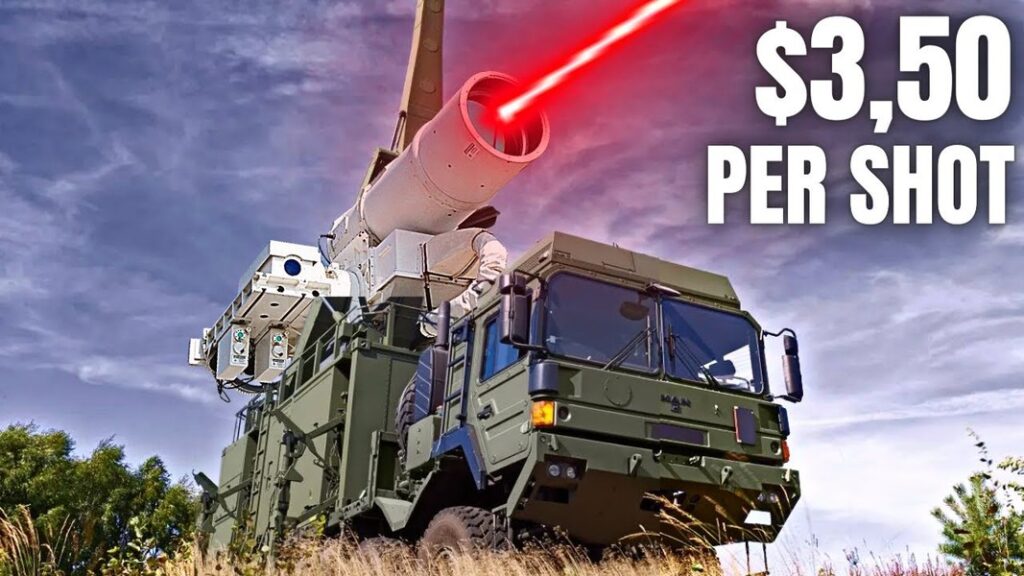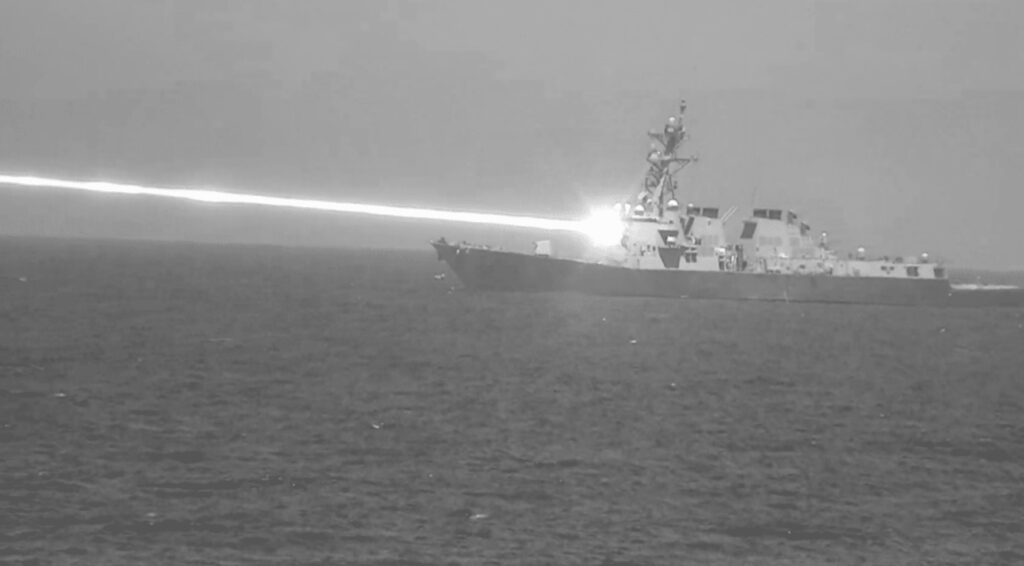No products in the cart.
Technology
Which Countries Have Laser Weapons?
Laser weapons, once considered science fiction, are increasingly becoming a reality in modern warfare. These advanced systems use highly concentrated beams of light to disable or destroy targets, offering unprecedented precision, speed, and cost-efficiency compared to traditional weapons. But which countries have laser weapons? Let’s delve into this intriguing topic and examine the nations leading the charge in developing and deploying this cutting-edge technology.
What Are Laser Weapons?
Before exploring the countries involved, it’s essential to understand what laser weapons are and how they work. Laser, short for “light amplification by stimulated emission of radiation,” generates a highly focused beam of light. When used as a weapon, these beams can:
- Destroy or disable targets — including drones, missiles, or enemy equipment.
- Provide pinpoint accuracy — minimizing collateral damage.
- Operate at the speed of light — making them nearly impossible to evade.
Unlike traditional weapons that rely on explosive force or kinetic energy, laser weapons require a power source, such as electricity or chemical energy, to emit a beam capable of damaging or destroying a target. Their advantages include low operational costs, reusability, and scalability.
Countries Leading in Laser Weapon Development
Several nations are actively investing in laser weapon systems, with varying levels of advancement and deployment. Here are the key players:
1. United States

The United States is undoubtedly at the forefront of laser weapon development. The Department of Defense (DoD) has heavily invested in research and development to create high-energy laser (HEL) systems for its military branches. Some notable projects include:
- AN/SEQ-3 Laser Weapon System (LaWS): The U.S. Navy tested this system aboard the USS Ponce in 2014, demonstrating its ability to disable small boats and drones.
- HEL-MD (High Energy Laser Mobile Demonstrator): Developed by Boeing, this system can shoot down incoming mortars and rockets.
- Directed Energy Maneuver-Short Range Air Defense (DE M-SHORAD): A recent project focused on integrating laser weapons into ground vehicles to counter drones and other aerial threats.
- Lockheed Martin HELIOS: This cutting-edge laser weapon system is designed for the U.S. Navy and integrates seamlessly with existing ship systems. HELIOS (High Energy Laser with Integrated Optical-dazzler and Surveillance) can target drones, small boats, and other threats while providing surveillance capabilities.
The U.S. military aims to deploy laser weapons for defense against missiles, drones, and enemy aircraft. With its advanced technological infrastructure and substantial funding, the United States remains the global leader in this field.
2. China
China has rapidly advanced its laser weapon capabilities, focusing on both offensive and defensive systems. The country’s laser weapon programs include:
- LW-30 Laser Defense System: Unveiled at a Chinese defense exhibition, this system is designed to intercept drones and missiles.
- Silent Hunter: A portable laser system capable of disabling UAVs (unmanned aerial vehicles) and other targets.
- Space-Based Lasers: China is reportedly exploring space-based laser technology for anti-satellite applications.
China’s investments in laser weapons align with its broader military modernization efforts. However, the country’s secrecy makes it difficult to fully assess its progress.
3. Russia

Russia is also a significant player in the laser weapon race. Its programs emphasize both ground-based and air-based systems, including:
- Peresvet: A ground-based laser weapon reportedly capable of disabling enemy satellites and drones.
- High-Energy Lasers for Missile Defense: Russia is developing laser systems to enhance its missile defense capabilities.
Russia’s military doctrine views laser weapons as a strategic advantage, particularly for countering Western technologies.
4. Israel

Israel has emerged as a leader in laser weapons for missile defense. The country’s innovative approach includes:
- Iron Beam: Developed by Rafael Advanced Defense Systems, this high-energy laser complements the Iron Dome system by intercepting short-range threats like rockets, mortars, and drones.
Given its security challenges, Israel’s laser weapons focus primarily on defending against frequent missile and rocket attacks from neighboring regions.
5. India
India has been investing in directed energy weapons (DEWs), including laser systems, as part of its broader defense strategy. Key initiatives include:
- Durga II: A high-energy laser weapon under development for anti-missile and anti-drone applications.
- DEW Research by DRDO: India’s Defense Research and Development Organization (DRDO) is actively researching laser technology for future battlefield applications.
Although still in its early stages compared to the U.S. and China, India’s laser weapon development reflects its growing ambitions in modern warfare.
6. United Kingdom
The United Kingdom is another nation advancing in laser weapon technology. The country’s projects include:
- Dragonfire: A collaborative effort led by MBDA, BAE Systems, and Leonardo to develop a high-energy laser for air and missile defense.
- LDEW (Laser Directed Energy Weapon): Part of the MoD’s strategy to modernize its military capabilities.
The U.K.’s focus on integrating laser weapons into its naval and air forces showcases its commitment to maintaining technological superiority.
7. Germany
Germany has been developing laser weapons primarily for defensive purposes. Notable projects include:
- Rheinmetall’s HEL Effector: Designed for short-range air defense, capable of targeting drones and rockets.
Germany’s advancements reflect its focus on precision and efficiency in modern warfare.
Comparing Laser Weapon Capabilities
When comparing these countries, several factors come into play:
- Technological Maturity: The U.S. leads in operational deployment, while China and Russia are catching up with advanced prototypes.
- Applications: The U.S. and Israel focus on missile and drone defense, while China and Russia emphasize anti-satellite and multi-purpose systems.
- Funding and Scale: The U.S. and China have significantly larger budgets for laser weapon development compared to other nations.
- Transparency: Western countries like the U.S. and U.K. are more open about their programs, whereas China and Russia maintain a level of secrecy.
Challenges and Future of Laser Weapons
While laser weapons hold immense potential, several challenges remain:
- Energy Requirements: High-energy lasers need substantial power, which can limit their deployment.
- Weather Conditions: Factors like rain, fog, or dust can reduce a laser’s effectiveness.
- Development Costs: Despite low operational costs, initial R&D and production are expensive.
Despite these challenges, the future of laser weapons looks promising. As technology advances, we can expect more nations to join the race, potentially leading to new geopolitical dynamics.
Conclusion
So, which countries have laser weapons? The United States, China, Russia, Israel, India, the United Kingdom, and Germany are the primary players in this technological race. Each nation has its own focus areas and levels of advancement, driven by strategic goals and security needs.
As laser weapons continue to evolve, their role in modern warfare will likely expand, shaping the future of global defense systems. Whether for intercepting missiles, neutralizing drones, or even countering satellites, these high-tech weapons are here to stay.


